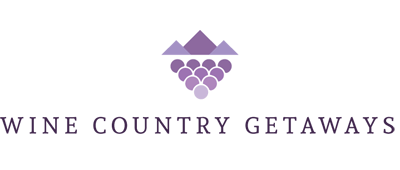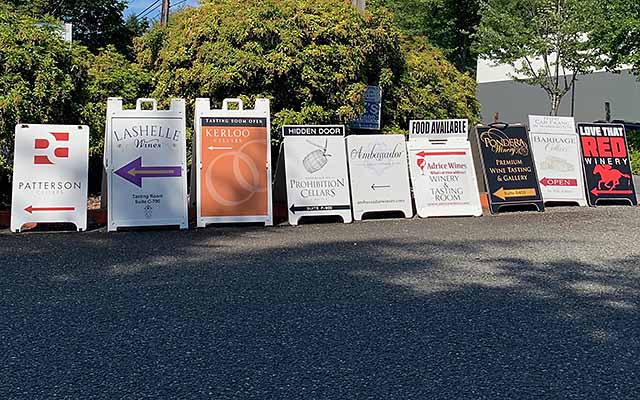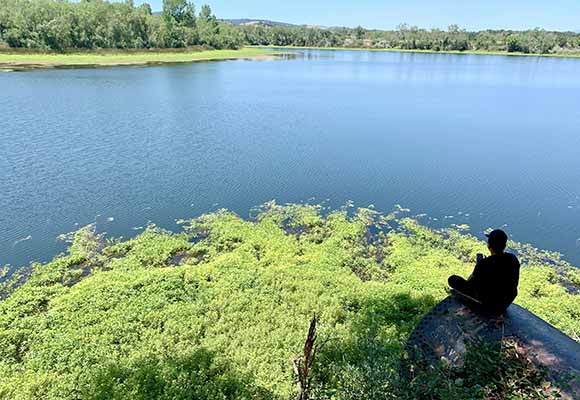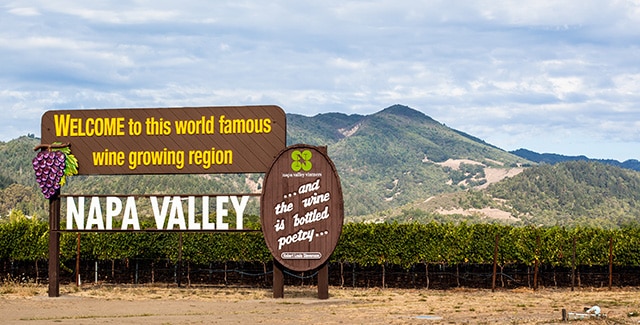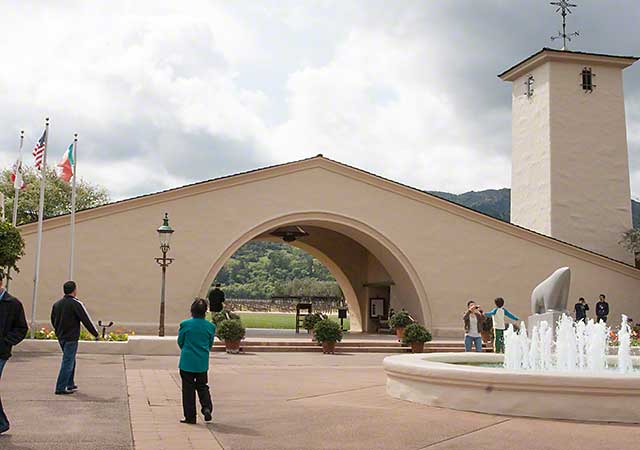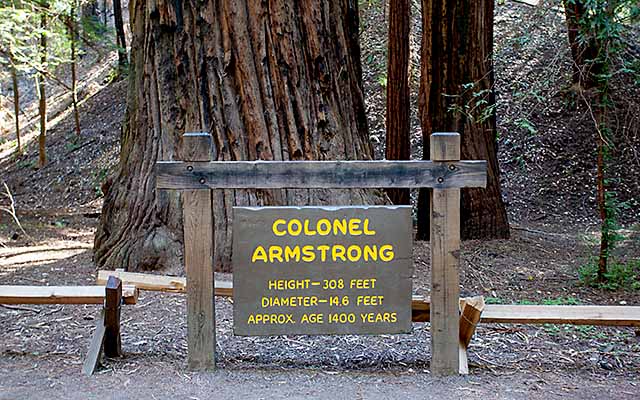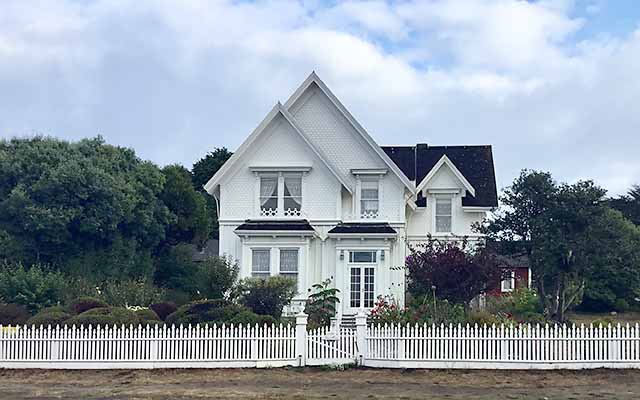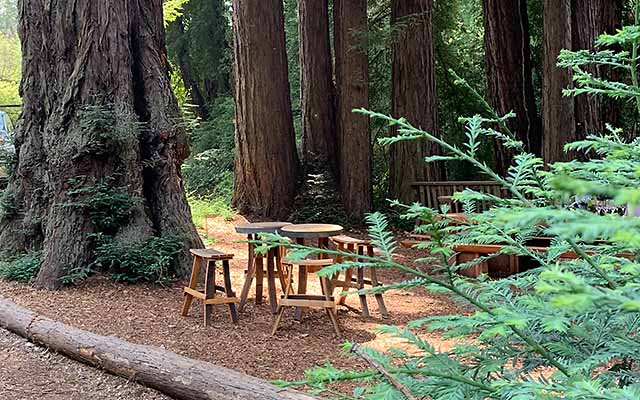Wine, Food, and other Delights in Seattle
Seattle and the Olympic National Park If you like wine, food and nature, you will enjoy the activities of our dazzling six-day excursion in the Pacific Northwest. Our Stay in Seattle For our three-night stay in Seattle, we chose the Seattle Courtyard Marriott at Lake Union. The hotel is 20 minutes from the SeaTac Airport. Beautiful … Read more
